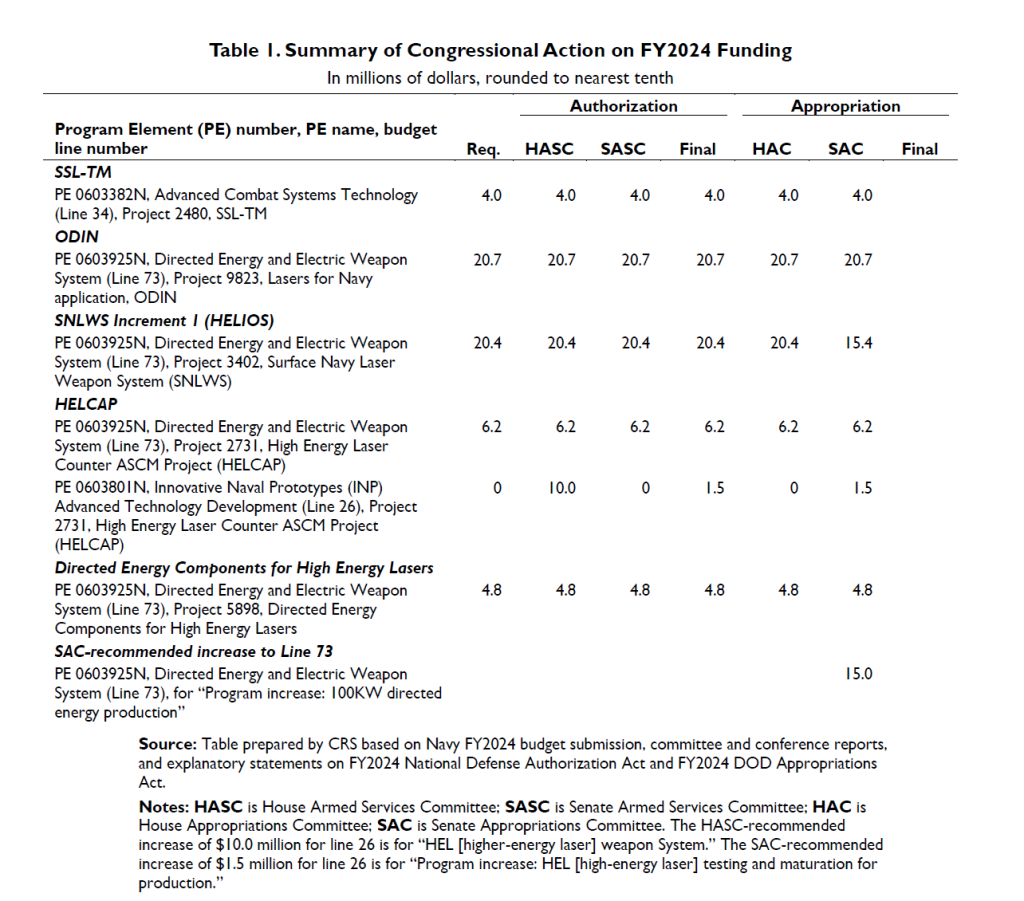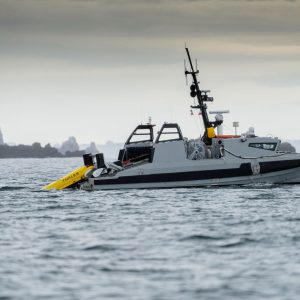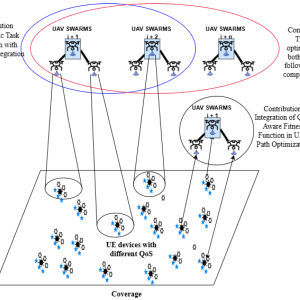The utilization of Navy Shipboard Lasers stands out in the crowd as a groundbreaking advancement. This article delves into the intricacies of this cutting-edge technology, addressing key background aspects and critical issues that are paramount for Congress to consider, especially in light of the December 20, 2023 document on the same subject.

Understanding Navy Shipboard Lasers: A Technological Marvel
Introduction to Naval Laser Systems
A pinnacle of precision and innovation has emerged as a formidable force in modern naval arsenals. These advanced laser systems epitomize the marriage of technology and military strategy, offering unparalleled advantages in terms of accuracy, speed, and efficiency.
Direct Energy Weapons (DEWs), commonly known as Navy Shipboard Lasers, harness the power of focused light to engage and neutralize targets. The speed of light provides a significant tactical advantage, enabling rapid responses and enhancing overall mission effectiveness.
Advantages Of Traditional Weaponry
In contrast to conventional weaponry, Navy Shipboard Lasers boast several advantages, including reduced logistical burden, heightened precision, and virtually unlimited ammunition, given a sustainable power source. These factors contribute to a more sustainable and cost-effective defense strategy.

Challenges and Considerations for Congress
Budgetary Considerations: Investing in Future Capabilities
As Congress grapples with decisions regarding defense budgets, allocating resources to further develop Navy Shipboard Laser technology becomes paramount. The initial investment may seem substantial, but the long-term benefits in terms of operational efficiency and cost-effectiveness cannot be overstated.
Integration with Existing Naval Systems
Ensuring seamless integration with existing naval systems poses a significant challenge. Compatibility issues and the need for comprehensive training programs must be addressed to maximize the effectiveness of Navy Shipboard Lasers within the broader naval framework.
International Relations and Arms Control
The deployment of advanced laser systems raises diplomatic questions and necessitates a careful approach to international relations. Engaging in transparent communication and potentially establishing international agreements can mitigate concerns and foster global stability.

Strategic Implications and Future Developments
Force Multiplication: Redefining Naval Warfare
Navy Shipboard Lasers have the potential to redefine the concept of force multiplication. The ability to engage multiple targets simultaneously with precision enhances the overall capabilities of naval fleets, providing a substantial advantage in dynamic and evolving conflict scenarios.
Research and Development Initiatives
Investing in ongoing research and development initiatives is crucial for staying ahead in the technological arms race. Continued innovation will address current limitations and unlock new capabilities, ensuring that technology remains at the forefront of naval warfare.
Strategic Partnerships and Collaboration
Collaboration with industry leaders and strategic partners can accelerate the development and deployment of Navy Shipboard Lasers. Pooling resources and expertise fosters a collaborative environment that benefits both national defense and global security.

Conclusion: Charting the Course for Naval Superiority
In conclusion, new technology represent a transformative leap in naval warfare capabilities. As Congress navigates the intricacies of defense policy, a forward-looking approach to investment, integration, and international cooperation will be instrumental in securing and maintaining naval superiority.
This article serves as a comprehensive resource for policymakers and defense experts, offering insights into the technological marvel that is Navy Shipboard Lasers. By understanding the challenges and opportunities inherent in this revolutionary technology, Congress can make informed decisions that shape the future of naval warfare.











